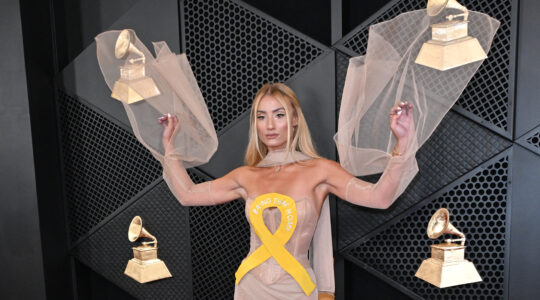WASHINGTON, March 9 (JTA) — A Supreme Court decision could lead to a proliferation of religious displays on public property. Without comment the court decided Monday to not hear a case challenging a lower court’s ruling upholding the right of Syracuse, N.Y. to sponsor a Nativity scene in a public park in the days surrounding Christmas. The move appears to set new precedent in the long-running battle over religious displays on public property during the December holiday season. Until now, courts have generally ruled that governments can sponsor religious displays as long as they are part of a larger exhibit. The courts said that the other symbols would lead a reasonable person to think that there was no endorsement of one particular faith by the government. But last year the U.S. Second Circuit Court of Appeals broke with a 1989 Supreme Court decision that struck down a creche standing alone in a county courthouse in Pittsburgh. The appeals court, which covers New York, Vermont and Connecticut, ruled that a religious symbol — in this instance a Nativity scene at the base of a Christmas tree — can stand alone if the government erects other religious or secular symbols nearby. The suit was filed by Carol Elewski, a Syracuse resident who objected to the creche’s placement in the park. But the city argued that a menorah erected 300 yards away in another park negated the effect that the creche had on observers who would think that the city endorsed Christianity. Opponents of religious displays on public land said this week’s decision to turn away Elewski vs. Syracuse would encourage others to erect religious displays. “This is an erosion of gains that we have already made,” said Marc Stern, co-director of the American Jewish Congress legal department. Stern, who has fought against religious displays, represented Elewski in her appeal to the Supreme Court. “This is going to tempt people to have purely religious symbols,” he said. But advocates of religious displays welcomed the court’s action. “It’s a welcome result in as much as it says that the Supreme Court is not interested in micro-managing how religious public displays are set up,” said Nathan Diament, director of the Orthodox Union’s Institute for Public Affairs. The decision is only binding on the three states covered by the appeals court. At least five of the 13 appeals courts across the country have issued rulings that contradict the Syracuse decision. The court gave no reason why it turned away the case. According to legal observers, the court may have decided that the appeal was no longer valid because Elewski had moved from Syracuse.

Help ensure Jewish news remains accessible to all. Your donation to the Jewish Telegraphic Agency powers the trusted journalism that has connected Jewish communities worldwide for more than 100 years. With your help, JTA can continue to deliver vital news and insights. Donate today.





